Ringing In 2012 Around the World
Monday, 9th January 2012 by Kyle Kusch
We're well into 2012 now, but exactly when your new year began depends where on the globe you were at the time. Different places celebrated at very different times - in some cases more than a day apart! With that in mind, here’s your guide to the first – and the last – places on Earth that entered 2012.
The first land on Earth that welcomed in the new year was this secluded tropical beach on uninhabited Caroline Island – sorry, Millennium Island, the easternmost outpost of the Pacific island nation of Kiribati. Since Kiribati spans both sides of the 180° meridian, it has decided to push the international Date Line two time zones east to the eastern boundary of the country so that all of its residents operate on the same day. Millennium Island got its new name over a decade ago to commemorate it being the first land on Earth to experience the year 2000.
The first people to celebrate 2012 were the residents of Kiritmati1 (Christmas Island), and the first people that saw sun rise on 1 January 2012 were the 1,200 residents of Kiritimati’s easternmost village, Banana. The first actual sunrise, however, occurred around this remote headland in East Antarctica (not that anyone saw it).
The country of Samoa used to be the last inhabited place on Earth to ring in the new year, but not any more. In an effort to coordinate itself better with regional powers New Zealand and Australia, on 31 December Samoa moved to the other side of the Date Line and jumped ahead a day, meaning the city of Apia was the first national capital to see the new year, an hour after Kiritmati.
Also making the move across the Date Line this year is the tiny New Zealander territory of Tokelau, an hour ahead of Samoa. Tokelau’s seat of government rotates between its three atolls, meaning that easternmost Fakaofo atoll was the first territorial capital to celebrate 2012.
With Samoa moving across the Date Line, the honour of being the last national capital to celebrate the new year is now shared by seven North American cities. Mexico City, Guatemala City, Belmopan (Belize), Tegucigalpa (Honduras), San Salvador (El Salvador), Managua (Nicaragua), and San Jose (Costa Rica) all celebrated 19 hours after Apia. We’ll show you Tegucigalpa as a cheap way to finally cross Honduras off our list of countries visited here at Google Sightseeing!
Six hours later, Alofi (Niue) and Pago Pago (American Samoa) were the last territorial capitals to say goodbye to 2011. Despite being just 50 km (30 mi) from the other half of Samoa, American Samoa is now 25 hours behind it!
Although part of the Tokelau archipelago to the northwest, Swains Island is governed by American Samoa. This open clearing is Taulaga, the only village on Swains and home of the last people on Earth who saw the sun come down on 2011.
As for the last places on Earth to leave 2011 behind, those were the remote, uninhabited United States outposts of Howland and Baker islands, some 26 hours after the people in Tokelau and eastern Kiribati did so. Considering they’re only visited every couple of years by researchers and Coast Guard vessels, it seems unlikely there was any sort of celebration taking place there at the time.
We hope 2012 is a good year for all of you, even if you don't have as much left of it to enjoy as the American Samoans.2
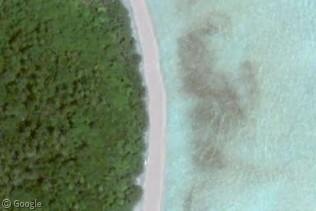
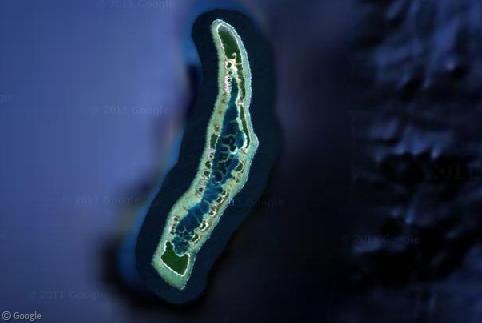
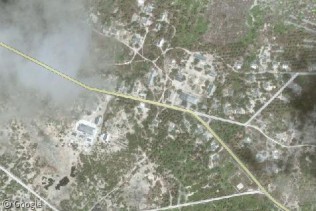

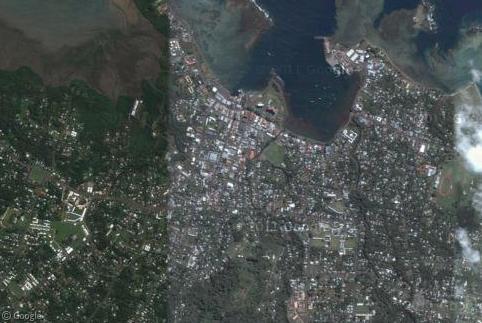
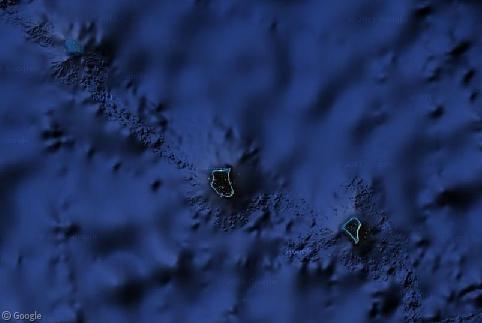
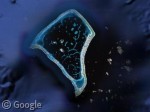
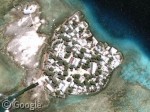
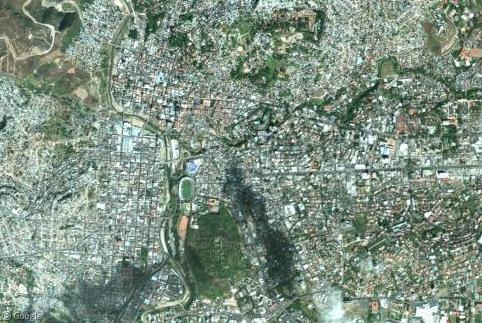
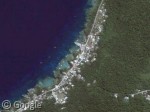
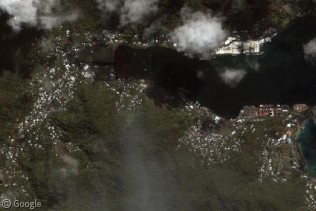
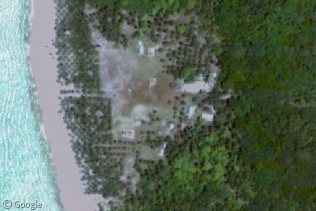
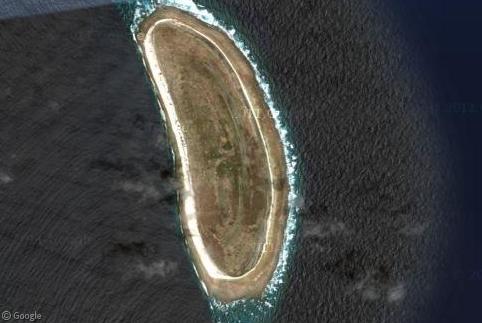
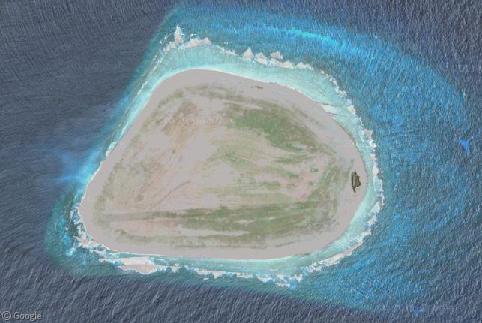

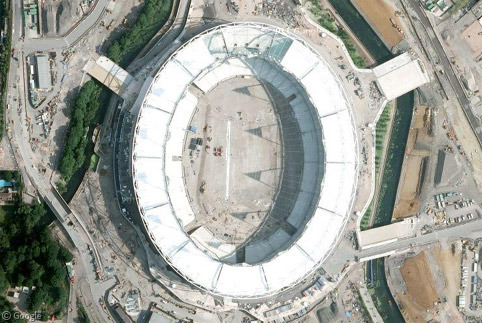
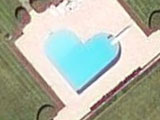
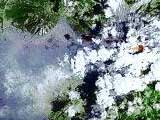
Certain Orthodox countries are still on Julian calendars, not to mention our Jewish and Muslim neighbours who follow a principally lunar calendar.